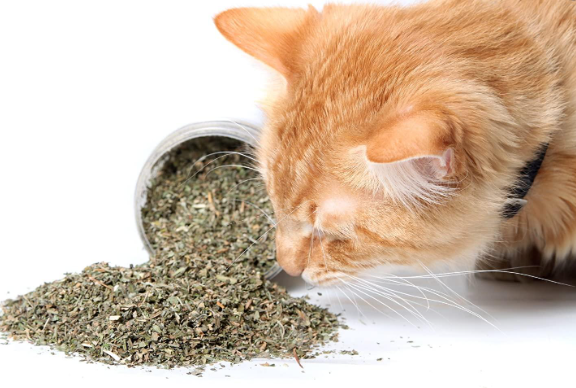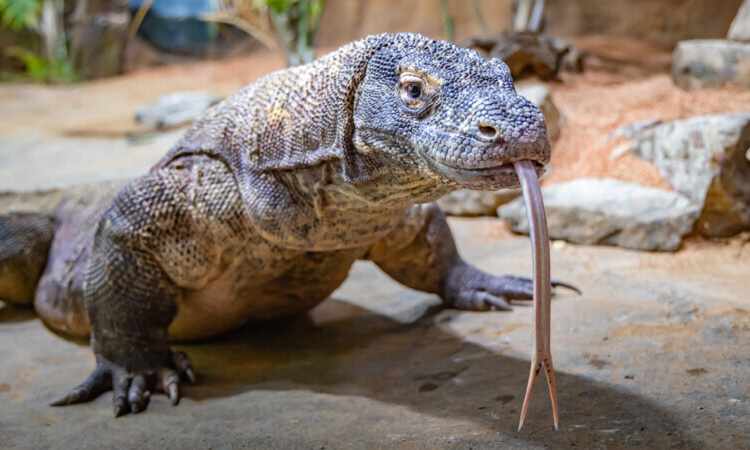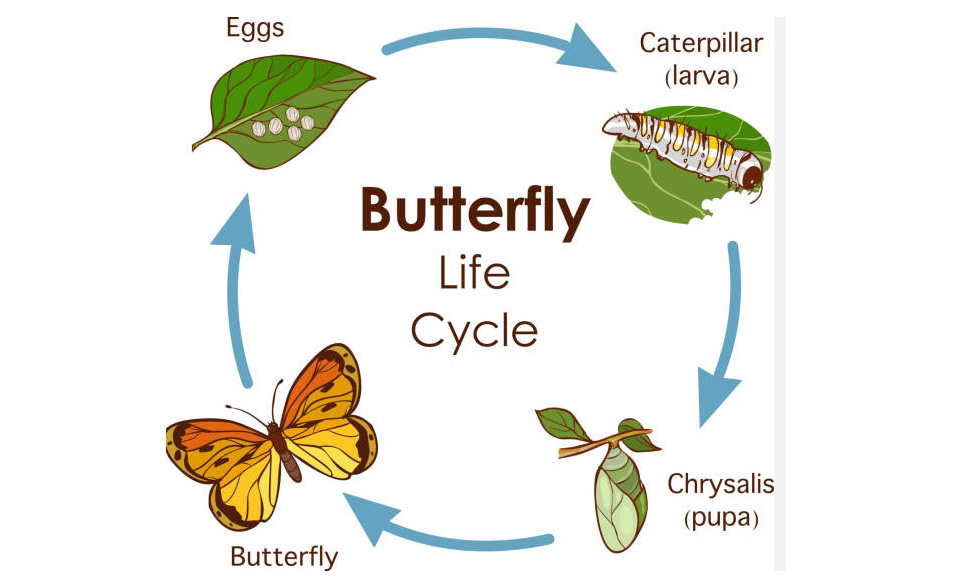Understanding Cat Crack: What Every Cat Owner Needs to Know
If you’ve ever noticed your cat behaving unusually playful or euphoric after exposure to certain plants, you may be familiar with the term “cat crack.” This phenomenon typically refers to the intoxicating effects of catnip or other similar substances on felines. In this blog post, we will explore what cat crack really is, the science behind it, and how it affects our furry friends.
What is Catnip and How Does It Work?
Catnip, also known as Nepeta cataria, is a member of the mint family and contains a compound called nepetalactone. When cats sniff or consume catnip, this compound binds to receptors in their nasal tissue and triggers a euphoric reaction similar to a high. Not all cats are sensitive to catnip; it’s estimated that approximately 50-75% of cats carry a genetic predisposition that makes them responsive. The effects usually last around 10-15 minutes, after which the cat may exhibit a calm demeanor. For many cats, catnip can provide an engaging form of entertainment, reducing boredom and encouraging playful behavior.
The Benefits of Cat Crack
Beyond the moments of joy and entertainment, catnip and similar substances offer several benefits for your feline companion. For one, it can help stimulate mental and physical activity, which is especially important for indoor cats. Engaging with catnip often leads to increased exercise, helping to maintain a healthy weight and overall well-being. Additionally, catnip may serve as a natural stress-reliever. Cats often use it as a way to cope with environmental changes, like moving to a new home or the introduction of another pet, creating a more relaxed atmosphere. Offering your cat a little bit of cat crack from time to time can contribute to a happier and more balanced life.
Alternatives to Catnip
While catnip is the most well-known feline enhancer, there are other plants and products that can create similar effects. Silver vine, another plant that contains natural compounds stimulating cat pheromones, is an excellent alternative for cats that don’t respond to catnip. Additionally, valerian root and certain herbal blends can also provoke playful or euphoric behaviors. Cat toys infused with these substances can add variety to your cat’s playtime, making it even more enjoyable. Remember to supervise your cat during play sessions to ensure they are safe, especially if they are exploring new materials.
Conclusion
Whether you’re a new cat owner or a seasoned feline enthusiast, understanding cat crack and its effects can help you enrich your cat’s life. Offering catnip, silver vine, or other alternatives can lead to more playful and engaged behavior, promoting their physical and mental well-being. So why not treat your furry friend to a dose of fun? Explore your options today and watch the joy unfold as your cat enjoys their very own version of cat crack!




